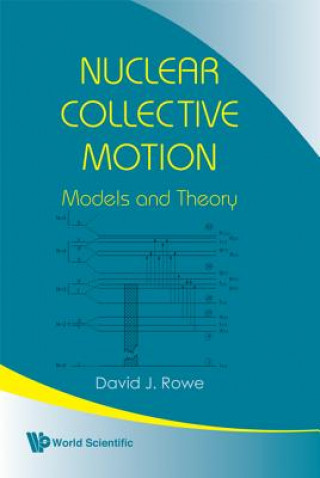
Kód: 05069026
Nuclear Collective Motion: Models And Theory
Autor David J. Rowe
The two most important developments in nuclear physics were the shell model and the collective model. The former gives the formal framework for a description of nuclei in terms of interacting neutrons and protons. The latter provi ... celý popis
- Jazyk:
 Angličtina
Angličtina - Vazba: Pevná
- Počet stran: 372
Nakladatelství: World Scientific Publishing Co Pte Ltd, 2010
- Více informací o knize

Mohlo by se vám také líbit
-

Crime of Sylvestre Bonnard
1271 Kč -

Priscilla And The Pixie Princess
235 Kč -

Origins of the Second World War
1141 Kč -

From Groups to Guts
953 Kč -
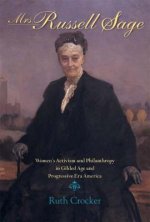
Mrs. Russell Sage
1003 Kč -
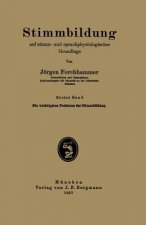
Stimmbildung Auf Stimm- Und Sprachphysiologischer Grundlage
1450 Kč -

Schädigungsmodell für die Hydroabrasionsbeanspruchung zur probabilistischen Lebensdauerprognose von Betonoberflächen im Wasserbau
1319 Kč
Dárkový poukaz: Radost zaručena
- Darujte poukaz v libovolné hodnotě a my se postaráme o zbytek.
- Poukaz se vztahuje na celou naši nabídku.
- Elektronický poukaz vytisknete z e-mailu a můžete ihned darovat.
- Platnost poukazu je 12 měsíců od data vystavení.
Informovat o naskladnění knihy
Zadejte do formuláře e-mailovou adresu a jakmile knihu naskladníme, zašleme vám o tom zprávu. Pohlídáme vše za vás.
Více informací o knize Nuclear Collective Motion: Models And Theory
Nákupem získáte 319 bodů
 Anotace knihy
Anotace knihy
The two most important developments in nuclear physics were the shell model and the collective model. The former gives the formal framework for a description of nuclei in terms of interacting neutrons and protons. The latter provides a very physical but phenomenological framework for interpreting the observed properties of nuclei. A third approach, based on variational and mean-field methods, brings these two perspectives together in terms of the so-called unified models. Together, these three approaches provide the foundations on which nuclear physics is based. They need to be understood by everyone practicing or teaching nuclear physics, and all those who wish to gain an understanding of the foundations of the models and their relationships to microscopic theory as given by recent developments in terms of dynamical symmetries. This book provides a simple presentation of the models and theory of nuclear collective structure, with an emphasis on the physical content and the ways they are used to interpret data. Part 1 presents the basic phenomenological collective vibrational and rotational models as introduced by Bohr and Mottelson and their many colleagues. It also describes the extensions of these models to parallel unified models in which neutrons and protons move in a mean-field with collective degrees of freedom. Part 2 presents the predominant theories used to describe the collective properties of nuclei in terms of interacting nucleons. These theories, which are shared with other many-body systems, are shown to emerge naturally from the unified models of Part 1.
 Parametry knihy
Parametry knihy
Zařazení knihy Knihy v angličtině Mathematics & science Physics Nuclear physics
3191 Kč
- Plný název: Nuclear Collective Motion: Models And Theory
- Autor: David J. Rowe
- Jazyk:
 Angličtina
Angličtina - Vazba: Pevná
- Počet stran: 372
- EAN: 9789812790644
- ISBN: 9812790640
- ID: 05069026
- Nakladatelství: World Scientific Publishing Co Pte Ltd
- Hmotnost: 670 g
- Rozměry: 158 × 234 × 25 mm
- Datum vydání: 04. June 2010
Oblíbené z jiného soudku
-
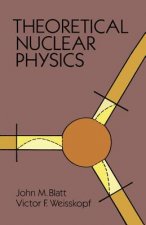
Theoretical Nuclear Physics
797 Kč -

Black Book of Quantum Chromodynamics
2363 Kč -
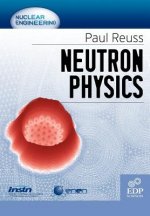
Neutron physics
2192 Kč -
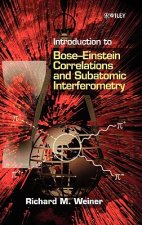
Introduction to Bose-Einstein Correlations & Subatomic Interferometry
9244 Kč -

Atomic Adventures
728 Kč -
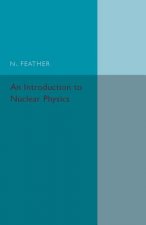
Introduction to Nuclear Physics
1486 Kč -

Introduction To High-energy Heavy-ion Collisions
1695 Kč -
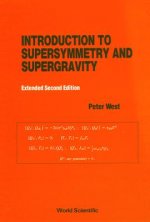
Introduction To Supersymmetry And Supergravity (Revised And Extended 2nd Edition)
1142 Kč -

Experimental Techniques in Nuclear and Particle Physics
2065 Kč -
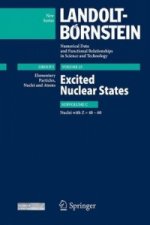
Excited Nuclear States - Nuclei with Z=48-60
201593 Kč -

Quarks and Leptons From Orbifolded Superstring
1665 Kč -

Nuclear and Particle Physics
4918 Kč -
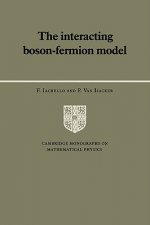
Interacting Boson-Fermion Model
1712 Kč -
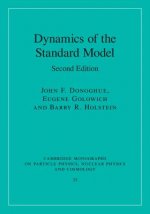
Dynamics of the Standard Model
3021 Kč -

Marie Sklodowska Curie
2253 Kč -
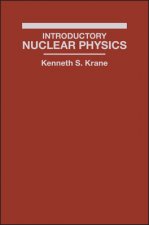
Introductory Nuclear Physics (WSE)
8499 Kč -

High-pT Physics in the Heavy Ion Era
3016 Kč -
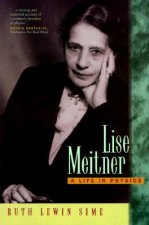
Lise Meitner
1224 Kč -

Computational Quantum Mechanics
2065 Kč -

Manhattan Project
1370 Kč -
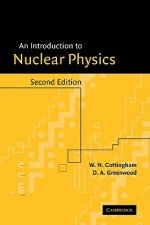
Introduction to Nuclear Physics
2875 Kč -
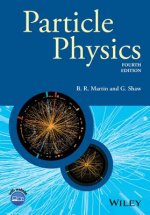
Particle Physics, Fourth Edition
2307 Kč -

ITER: The Giant Fusion Reactor
853 Kč -
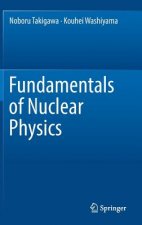
Fundamentals of Nuclear Physics
4175 Kč -

High Resolution Focused Ion Beams: FIB and its Applications
5586 Kč -
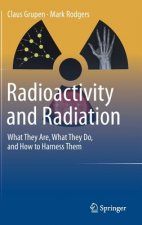
Radioactivity and Radiation
1547 Kč -
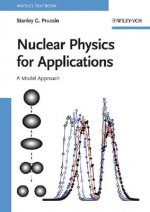
Nuclear Physics for Applications - A Model Approach
4430 Kč -
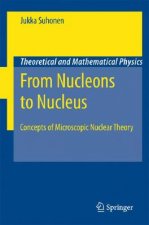
From Nucleons to Nucleus
3672 Kč -

Concepts of Particle Physics: Volume II
10566 Kč -
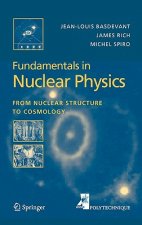
Fundamentals in Nuclear Physics
3672 Kč -

Reactor Dosimetry, 2 Vols.
1509 Kč -

Particles, Sources, And Fields, Volume 1
5255 Kč -
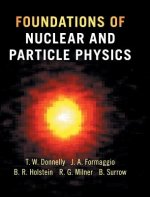
Foundations of Nuclear and Particle Physics
2330 Kč -

Nuclear Physics
1665 Kč -
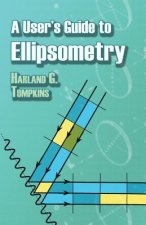
User's Guide to Ellipsometry
428 Kč -

Hacking the Atom
745 Kč -
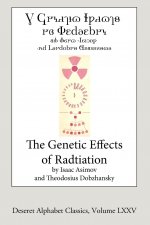
Genetic Effects of Radiation (Deseret Alphabet edition)
266 Kč -

Quantum Field Theory, A Theoretical Framework
406 Kč -
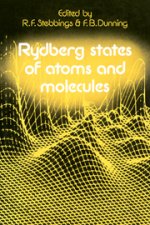
Rydberg States of Atoms and Molecules
3908 Kč -

Forces of Nature
1066 Kč -

Quantum Many-Body Dynamics
1475 Kč -

Indispensable Truth
1960 Kč -

Nuclear Physics And Gamma-ray Sources For Nuclear Security And Nonproliferation - Proceedings Of The International Symposium
4366 Kč -

Particle Interactions at High Energies
1665 Kč -
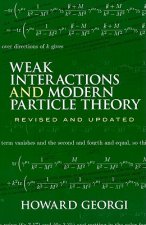
Weak Interactions and Modern Particle Theory
405 Kč -
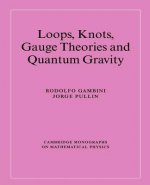
Loops, Knots, Gauge Theories and Quantum Gravity
3068 Kč -

Radiometric Dating
2267 Kč -
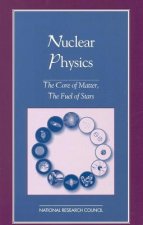
Nuclear Physics
2056 Kč -
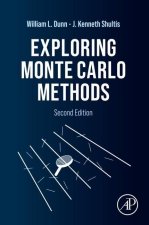
Exploring Monte Carlo Methods
2639 Kč
Osobní odběr Praha, Brno a 12903 dalších
Copyright ©2008-24 nejlevnejsi-knihy.cz Všechna práva vyhrazenaSoukromíCookies



 Vrácení do měsíce
Vrácení do měsíce 571 999 099 (8-15.30h)
571 999 099 (8-15.30h)